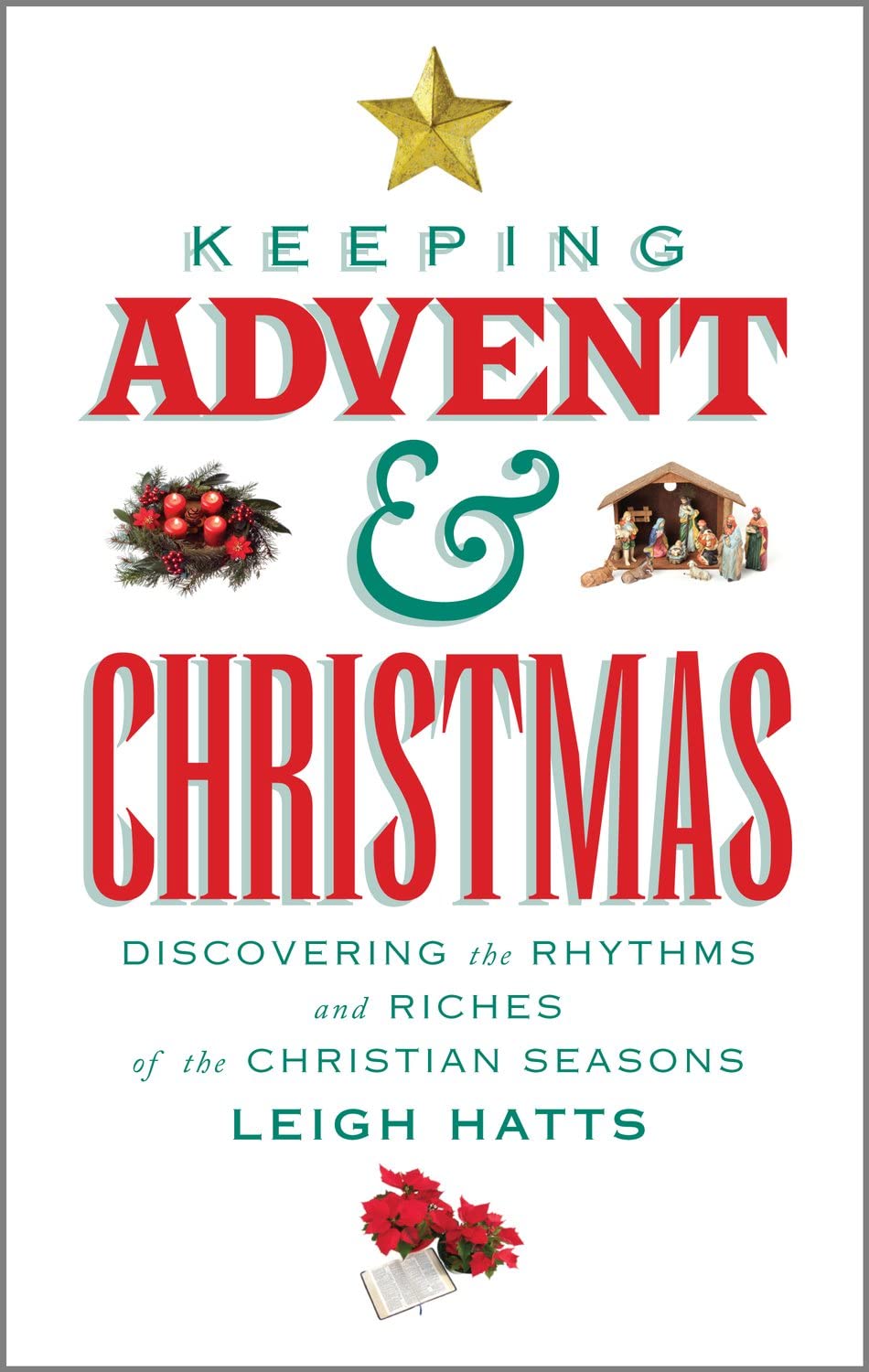Advent not Christmas starts now
Christmas Trees have been going up during the last two weeks but it’s not Christmas yet. That is more than three weeks away. First there is Advent which starts this weekend. Time to hang up the Advent calendar and light the first Advent candle on Sunday. Christmas trees can go up a little later. A […]
